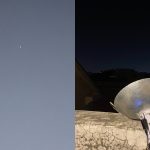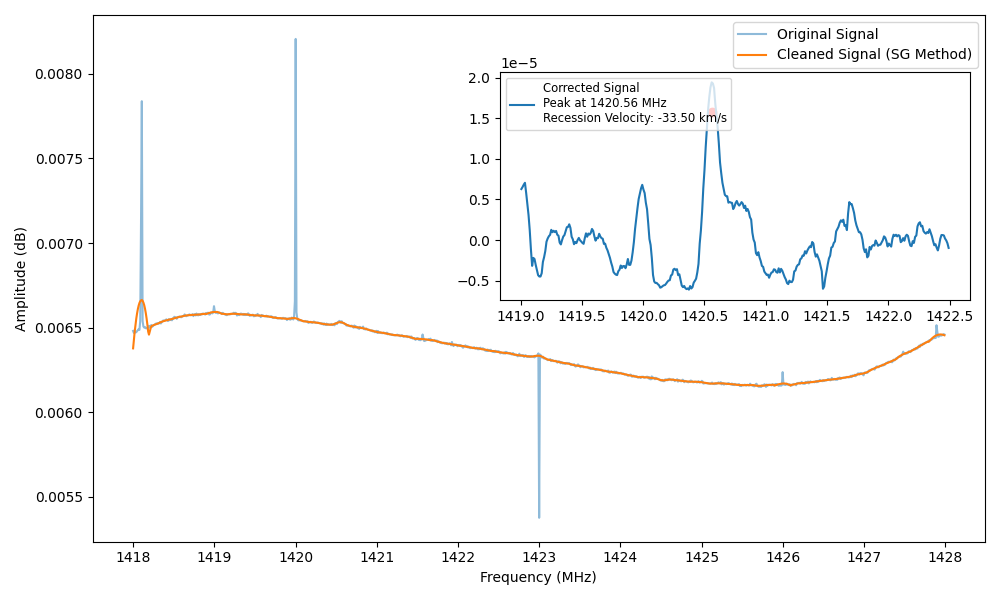| Researchers | Mirza Sarim Ahmed Beg and Muhammad Nasir |
| Time Frame | Summer 2024 |
| Supplementary Materials | The 21-cm hydrogen line from the Milky Way: An AstroLab Experiment |
| Description | |
Work funded by:
This study aimed to evaluate the performance of the radio karahi antenna — an inexpensive, portable telescope design intended to be used for 21 cm hydrogen line detection. The karahi (a deep, circular cooking pot similar in shape to a wok), was used as a basis for this design as it closely resembles a small dish reflector, and is considered to be widely available in local markets. This experiment, designed and developed by my Muhammad Nasir and Muhammad Sabieh Anwar, has been deployed in the Astrolab section of PhysLab as a regular experiment. Building upon previous research conducted on inexpensive radio telescope designs, the karahi antenna was thoroughly tested, starting from observations conducted in short durations of time (20 minutes to an hour) to determine any software issues or inefficiencies. After such issues were resolved, observations were then conducted for extended periods of time (up to 24 hours) to determine the longterm capabilities of the karahi antenna. Finally, data analysis techniques were reviewed with the Galactic Neutral Hydrogen Plots code written in Python (available on the AstroLAB webpage), which scanned the observational data and provided an exact signal of the star(s) of interest from that observation. Despite technical issues such as software stability and interfering digital artifacts, the radio karahi was able to conduct extended observations, and capture signals from prominent stars such as Vega. The ease of use of such a telescope makes it a valuable tool in promoting astronomy education and research in Pakistan.
| |


